Ran Out Of Fuel
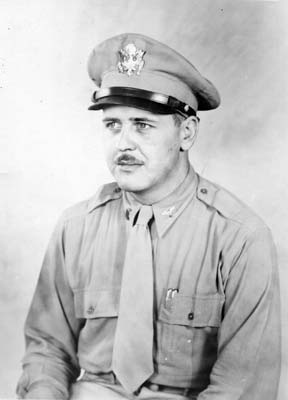
Clarence LeMieux was the engineer boarding the B-17 reminisced, “I looked over at the fuel gauges, and they were pretty damn low. I said: ‘We’re not going to make it with this fuel.’ We saw what looked like a wheat field—all this pretty grass—and Fred [Eaton] says, ‘Let’s put her down here.’ ” He also described the landing to be a perfect one.
No Casualties

Fortunately, no casualties happened. Everyone including Eaton and Harold survived this unexpected crisis. After having landed safely, crew members parted their ways with the plane. However, before abandoning it they took the top-secret Norden bombsight with them and left the entire plane as it is. As mentioned earlier, the region is overpowered by intense heat. And so they had to walk for days in the excruciating heat in order to reach an inhabited region. All along this, the mosquitoes were sucking the life out of them. Bearing all this they kept on stepping ahead.
Struggle
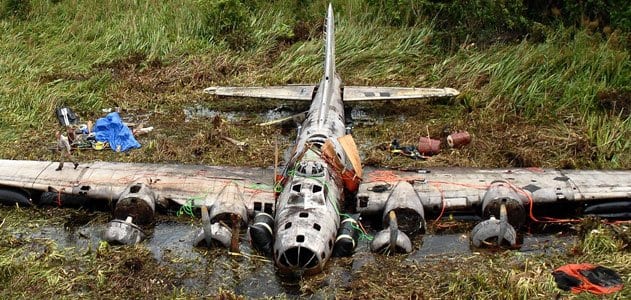
The crew continued walking for a couple of days trudging in wetland and struggling with long grasses. They all were starving as they had nothing to eat. Richard Oliver, the bombarder recalled, “A friend and I suddenly saw a mess hall. So we decided to get some ice-cold canned tomatoes. We could see the lights up ahead, and we headed off down the path to reach it, when, luckily, somebody yelled at us and woke us up.”
Survived
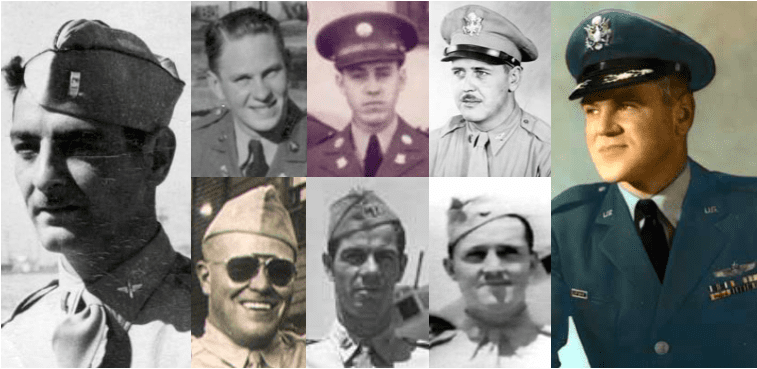
God helps those who help themselves! The crew members who refused to cower down before the tough circumstances finally found a way out. After days of walking and starving, they saw a Papuan native who was chopping wood at that time. The man led them to his village and provided them with food and shelter. Soon after, they were collected by Australian resident magistrate. And from there, a U.S. military boat picked them up and took them to the base.
All Alone
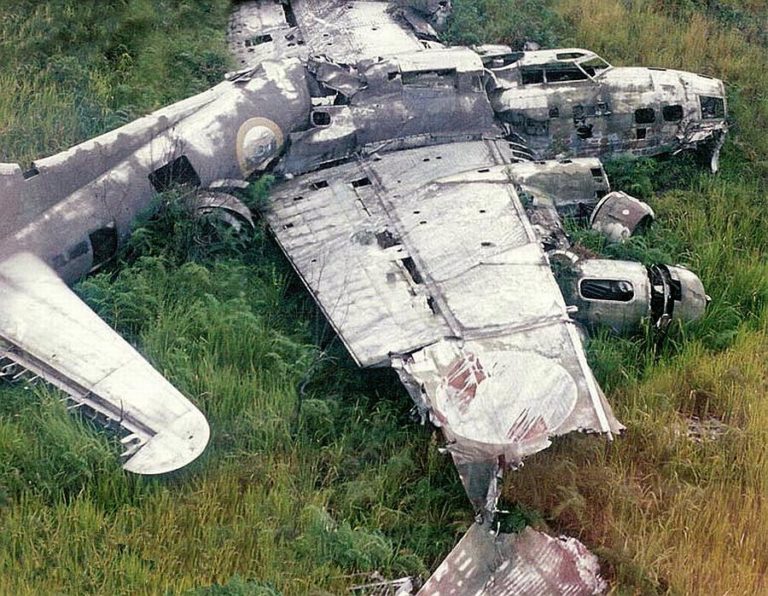
And the bomber on the other place stayed half drowned in the swamp waiting for its fate. Everybody had forgotten about the aircraft until 1972 when a Royal Australian Air Force’s helicopter while exercising noticed the bomber. Intrigued soldiers descended into the swamp to do further investigation. There were some amazing sights waiting for them inside. The troops learned that the interior equipment installed in the aircraft belonged to prewar U. S. Army Air Corps issue. Even though it was so old, the thing was still in impeccable condition. The visit of these troops turned this place into a center of attraction for people. Unfortunately, many visitors began to steal equipment of the plane.
The Swamp Ghost
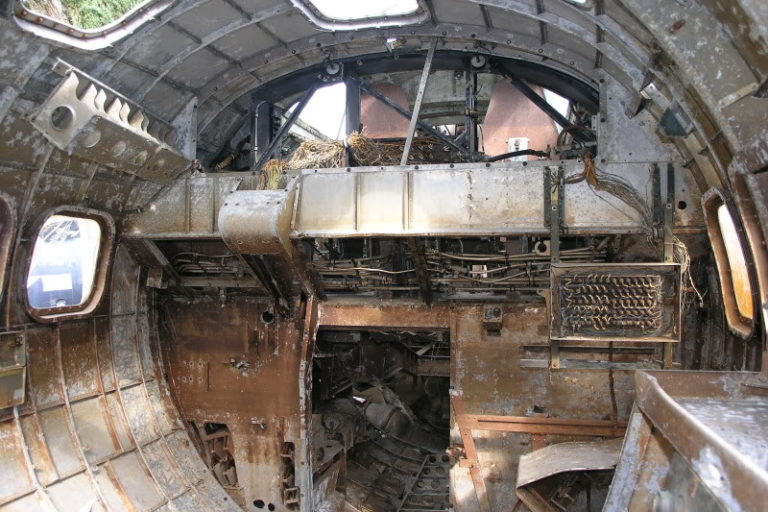
Visitors nicknamed the place “The Swamp Ghost.” They called it so because the place is almost hidden from the eyes of the visitors owing to high grass and water level. National Geographic Magazine featured Swamp Ghost in 1992 and that triggered aircraft recovery groups into action.
